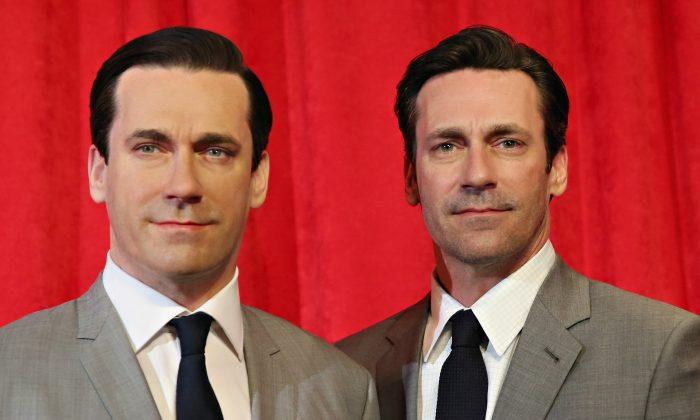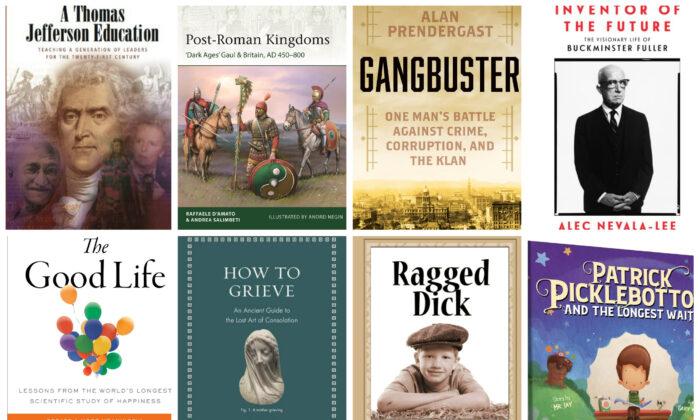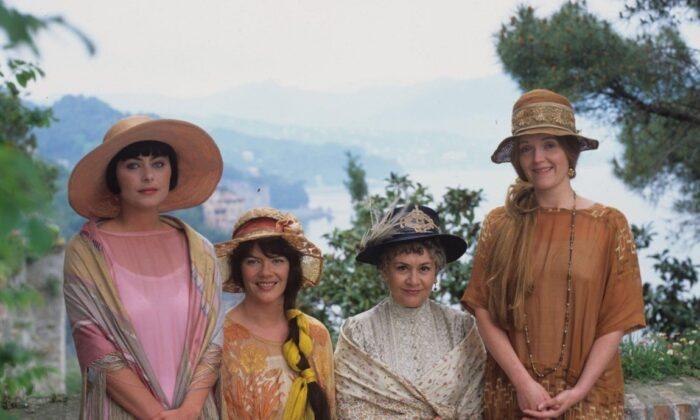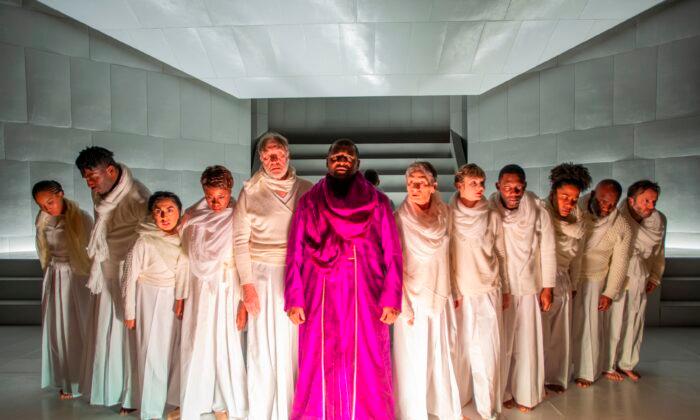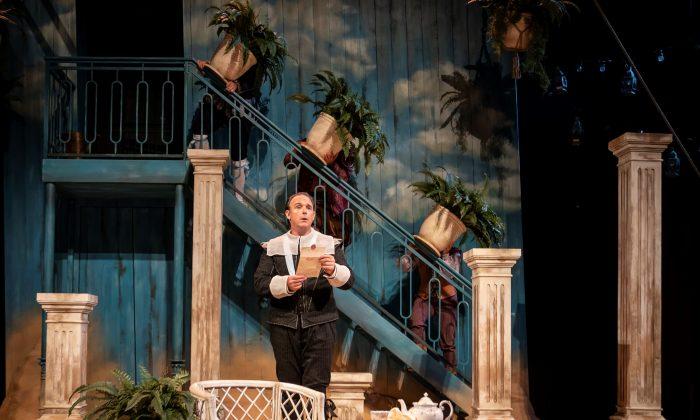I know Jon Hamm. That is, as I always mentioned to my theater classes, “I knew Jon Hamm—years ago, when he was young and attended the University of Missouri.”
“You know JON HAMM?” someone typically responded.
Yes, I did know the exceedingly handsome star of AMC’s popular TV show “Madmen.” Did know him—past tense.
Back in the old days, when I was a teaching assistant at the University of Missouri, I directed Jon in a theatrical production of “Animal Farm.” For the summer repertory program there one year, I applied his makeup. And as stage manager that same summer, I hunted for him when he and his buddies were late, very late, for rehearsal.
Mentioning Jon Hamm to my humanities/theater students had been a good way for me to connect with them. It was a means to broker for their attention. It was my cultural cash, so to speak. When I’ve felt landlocked in class using examples that no one understood, this brokering seemed necessary.
Even when separated by just one generation, the gap between student and instructor becomes significant enough to force teachers to find a way to hurdle it.
The dean where I taught had returned after a few years’ absence from the classroom. She winced at the realization that she could no longer drop names like Monica Lewinsky and expect students to know who she meant. She would have to find new cultural references.
References to current events can help in the classroom, but more often I found that I needed to rely on popular culture, and frankly, I am no longer in the current of the cultural stream. So long before students acquainted me with the “Saw” movies and reality TV shows like “Teen Mom” and “16 and Pregnant,” I'd banked on Mr. Hamm.
But did I really need to connect with my students through popular culture? It seemed necessary at the time, certainly. It seemed like the way to be a good, caring teacher.
The film “Mr. Holland’s Opus,” which traces a high school music teacher from the mid-1960s to the end of his career, generally covers the arc of this idea—that the best teachers use pop culture—when the idea first took real hold in the United States, to the near present, when it has become entrenched for us.
This idea that a humanities teacher should embrace and use popular culture to reach students is thick in the teaching profession now. Googling for “pop culture and teaching,” I find: “How To Teach World History Using Pop Culture;” Pop Culture’s Place in the Classroom;“ a textbook ”Teaching in the Pop Culture Zone;“ and at the college level, a story in USA Today ”Professors embrace pop culture to teach economics.” And that’s just Google’s list on page 1.
It can be argued that everyone tries to bond with those they work with and that for teachers in the humanities and arts, in particular, it’s essential. But I wonder if adopting the students’ culture to do so is really helping them. Somehow it seems backward.
The Necessity of Difference
Consider that gaps between people can act as creative spaces that allow for a spark to ignite, or to switch metaphors, a seed to grow. These gaps stand for the potential of something new to form.
Growth can occur on both sides, of course. But rather than teachers growing toward students and embracing their world, I suggest we review the older paradigm of students growing toward and trying to enter the world of teachers.
Today, in order to be very good at bridging this distance, a teacher would need to be up on many fronts: the latest gadgetry, pop music of endless variety, various movies and T.V. shows, and now the latest twitter/YouTube hits.
If, however, teachers are overly immersed in the students’ culture, then their roots branch out horizontally and that implies shallowness. And with shallowness we may sacrifice depth.
The Impact of the Whole Teacher
Research is finally acknowledging what we could have guessed long ago. According to Rand.org, “among school-related factors, teachers matter most. When it comes to student performance on reading and math tests, a teacher is estimated to have two to three times the impact of any other school factor, including services, facilities, and even leadership.”
If good teachers matter, then, of course, the issue becomes what makes a good teacher.
What the teacher knows makes up some of that. How they teach makes up another. A third part is determined by the teachers themselves—their whole beings. As teachers stand in the classroom and students focus on them, they unavoidably become role models.
What kind of role models do we want in our classrooms? Do we want experts in pop culture? I suggest that we don’t.
I remember several college humanity teachers who intrigued me. They did not bend to meet me with current or culturally relevant terms. They simply followed their own interests—almost to the exclusion of popular culture.
One, a potter, taught art. I didn’t admire him for his classroom technique, or even his knowledge of subject matter. I admired him because he spent his evening writing letters—by hand. This idiosyncrasy sparked my imagination. I knew no one else—had heard of no one else (in a century, perhaps)—so occupied. He opened me up to the idea of a life lived on one’s own terms—even if the means were ordinary.
Another teacher I encountered much later validated this revelation. She didn’t own a T.V. She spent her time reading and writing. It wasn’t the fact that she severed herself from popular culture that I found fascinating, but that she was so active in pursuing her interests that entertainment became unnecessary. I should add that she taught theater—not the most likely field in which you expect to find someone divorced from entertainment media.
Then there was the teacher who seemed to live the classics—incandescent in the classroom and passionate about literature. There was also the creative writing teacher who spent many a late evening at the Hilltop tavern, a place where he and his cronies met to laugh and rib each other.
These role models lived their lives and heeded students when needed. I remember them drawing me into their fascinating worlds. I don’t remember them visiting mine. They were busy living their own lives and pursuing their own interests.
Because their paths were singular and deeply trod, they provided tremendous diversity of experience for their students. This kind of diversity, far from the way that we apply that term now, simply means uniqueness.
But, if a teacher is immersed in pop culture, a world that students already know, then the learning is circular, self-referential. Students are meeting themselves.
Teachers need to supply difference for students so that students can experience the gap that they must bridge. Or, put another way, if teachers are focused on bending down, so to speak, not just to lend a hand up, but are bending so that they are immersed in the student’s environment, then what have the students to look up to?
